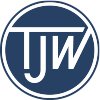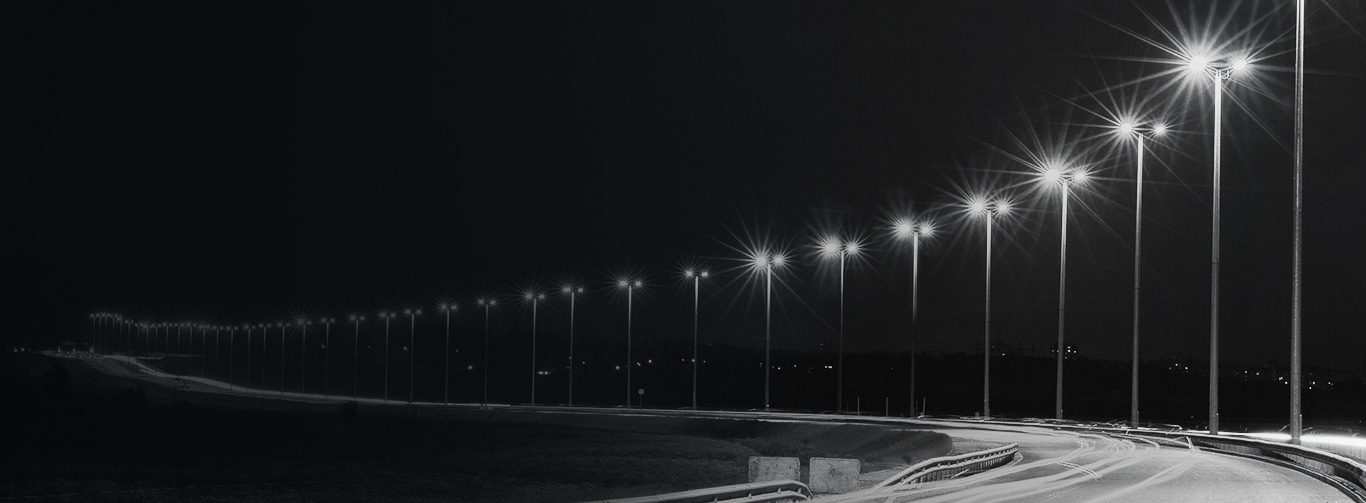Street and Roadway Lighting
Street Lighting Design
TJW prepares cost and energy efficient street lighting designs for developers and agencies throughout California. Each project begins with the assessment of existing conditions to evaluate how the proposed design will increase the lighting efficiency and accuracy at the project site, as well as impact the surrounding areas. TJW's designs stay current with the latest LED technology available on the market. In conjunction with lighting, these systems can also include:
- Video surveillance
- Wireless communication integration
- Dimming and lighting control systems
- Adaptive lighting
The TJW lighting design team produces street and roadway lighting designs, taking into account roadway classification, intended use, luminaire spacing, fixture type, and safety and maintenance standards.
Photometric Analysis
TJW performs photometric analysis designs for all applications including straight away roadways and intersections using the latest version of Visual Lighting software. Determining design illumination levels on the roadway helps the TJW team understand whether the amount of light produced by the proposed street lights will be sufficient to support the requirements of the design.
Lighting Analysis Studies (LAS)
Each lighting project is unique and requires attention to detail to serve our clients. In many cases, Lighting Analysis Studies (LAS) provide detailed potential improvements of the project prior to the final installation. For new systems, this may include a schematic drawing or a rendered design with the necessary calculations and details. For existing conditions, TJW prepares these studies to determine the accuracy of existing lighting using light meters, the modeling software, and the latest industry standards for acceptability.
Roadway Lighting
Roadway lighting plays an essential role in roadway safety for vehicular/pedestrian traffic, and assists in safely guiding travelers to their destinations. Whether incandescent or LED, pedestrian walkways or wide intersections, our team of experts are well versed in designing and utilizing the correct type of lighting application to maximize results in a variety of conditions. Proper lighting increases nighttime visibility for drivers to see debris, animals, or stopped vehicles in the roadway ahead of them and around them. TJW's designs improve the visual atmosphere dramatically by enhancing the visual environment and security.
When planning how to illuminate roadways, a few of the factors that we consider are:
- Speed of roadway
- Types of vehicles normally used
- Pedestrian traffic (type and level)
- Typical year-round weather conditions
- Existing landmarks/obstacles
- New/existing lighting placement intervals
- Glare reduction
Intersection Lighting
TJW specializes in designing efficient intersection lighting. Studies and statistics have shown that about fifty percent of accidents happen at intersections, where a high number of accidents can directly or indirectly be attributed to lack of efficient lighting. In conjunction with traffic signal design, TJW ensures the lighting at the intersection will be sufficient and up to date per the latest standards.
Specialized Lighting Design
In addition to the roadway adjacent and intersection lighting, TJW also analyzes and prepares construction ready plans for in-street bollard lighting for bikeways or paths, flashing beacon systems for advance warning systems, pedestrian crossing safety lighting, roundabout (traffic circle) lighting, and train bus strop lighting.
Voltage Drop and Circuit Diagram Design
In each street lighting and roadway design, TJW provides the necessary details in order for a contractor to install the street and roadway lighting system to meet the agency standards. Voltage drop calculations, panel load schedules, and circuit diagram design are performed to ensure that the implementation of the lighting system will be functional for years to come.
Standardized Design
In order to ensure the street and roadway lighting design complies with the latest codes and standards, TJW references and utilizes the standards set forth by the American National Standard (ANSI), American Association of State Highway Transportation Officials (AASHTO), Illuminating Engineering Society of North America (IES), the Federal Highway Administration (FHWA), CALTRANS, and all applicable governing agencies in every project.


